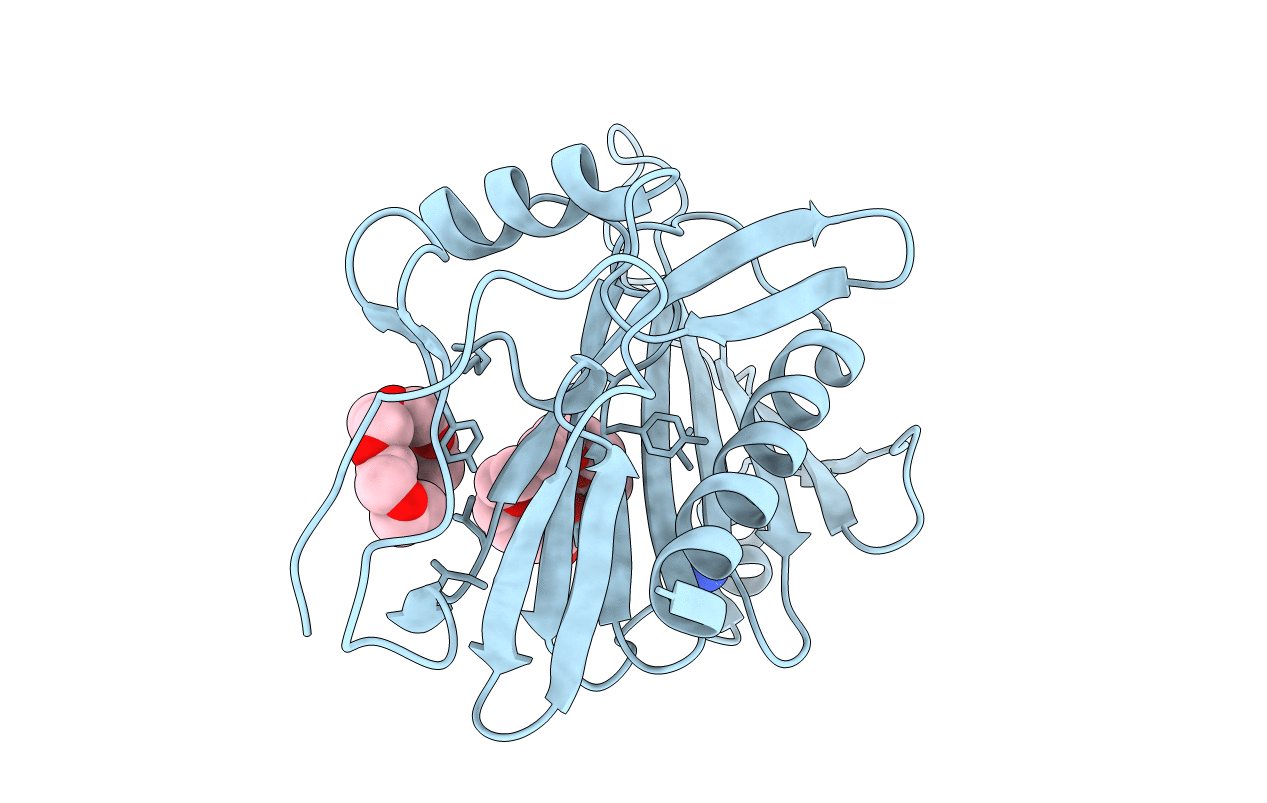
Deposition Date
2015-10-21
Release Date
2017-02-01
Last Version Date
2024-11-20
Entry Detail
PDB ID:
5EDF
Keywords:
Title:
Crystal structure of the selenomethionine-substituted iron-regulated protein FrpD from Neisseria meningitidis
Biological Source:
Source Organism:
Neisseria meningitidis (Taxon ID: 487)
Host Organism:
Method Details:
Experimental Method:
Resolution:
1.40 Å
R-Value Free:
0.19
R-Value Work:
0.16
R-Value Observed:
0.16
Space Group:
P 21 21 21


